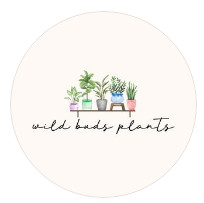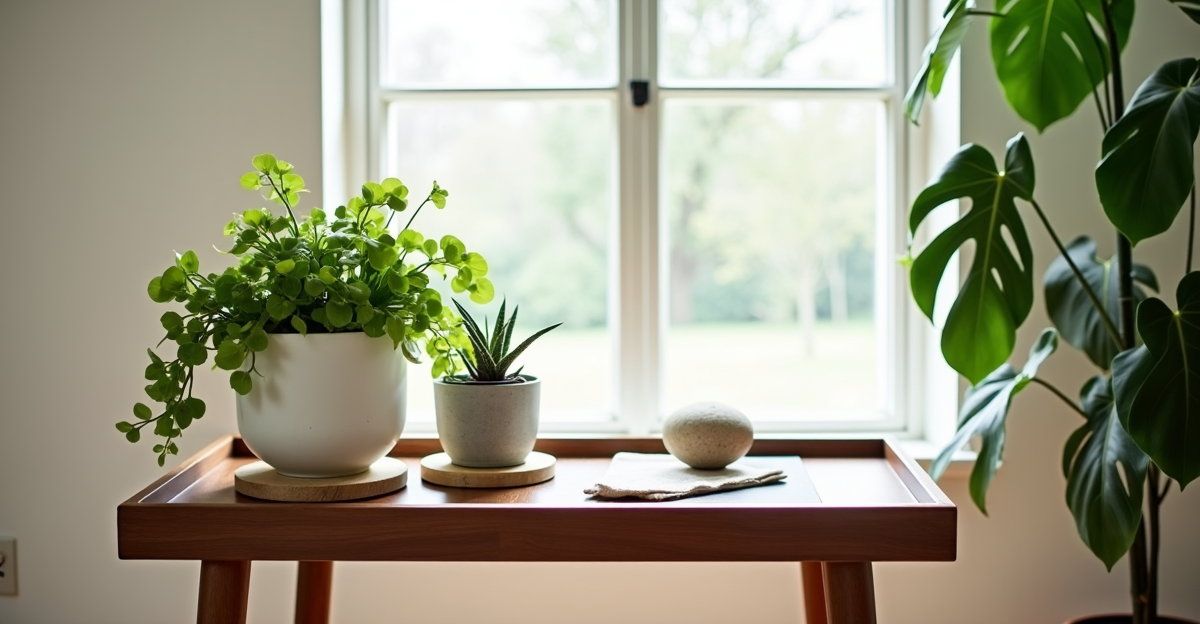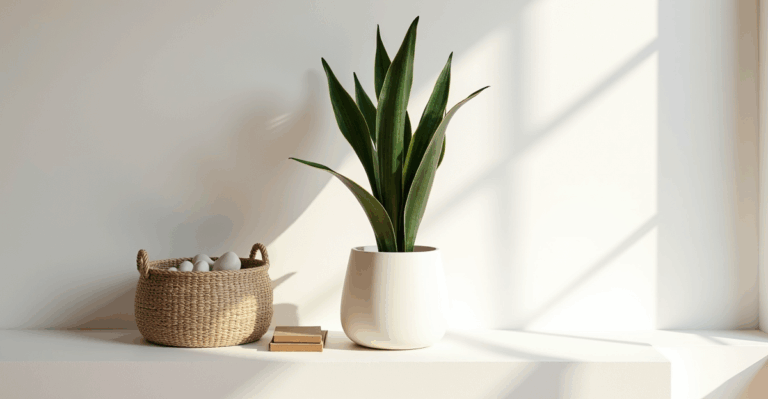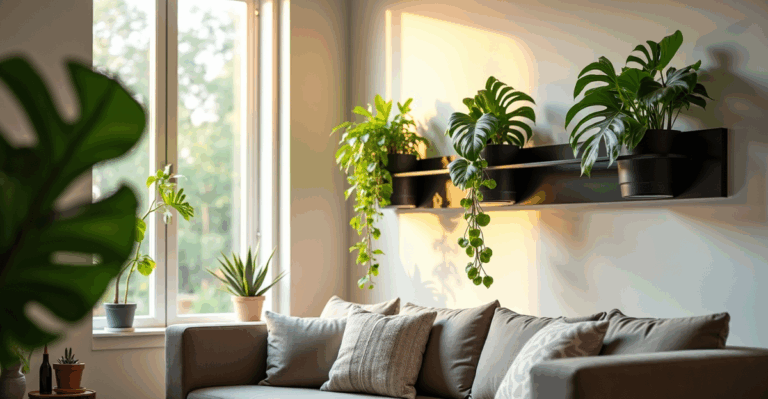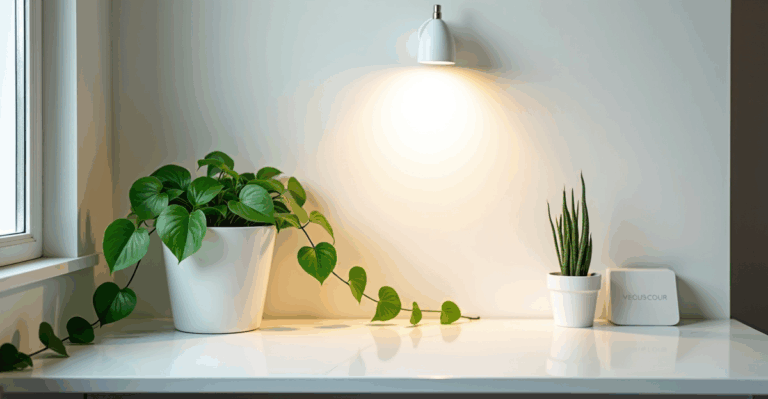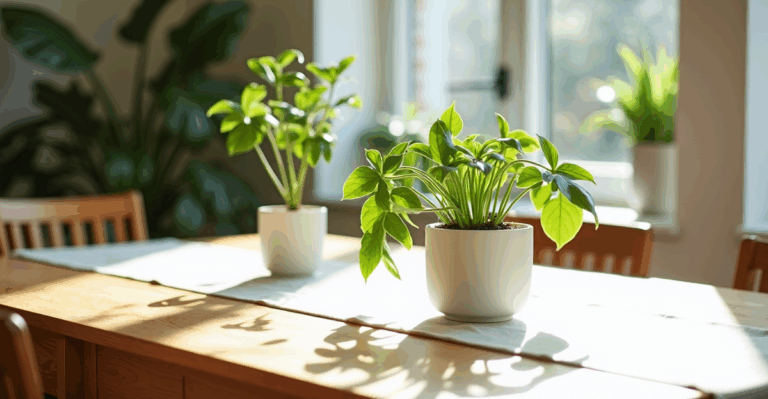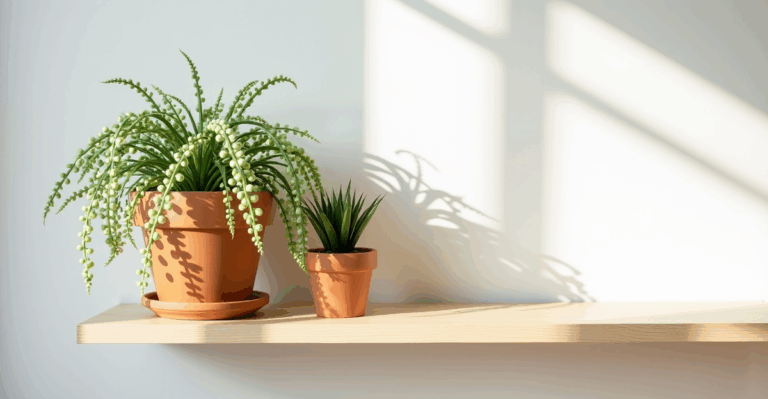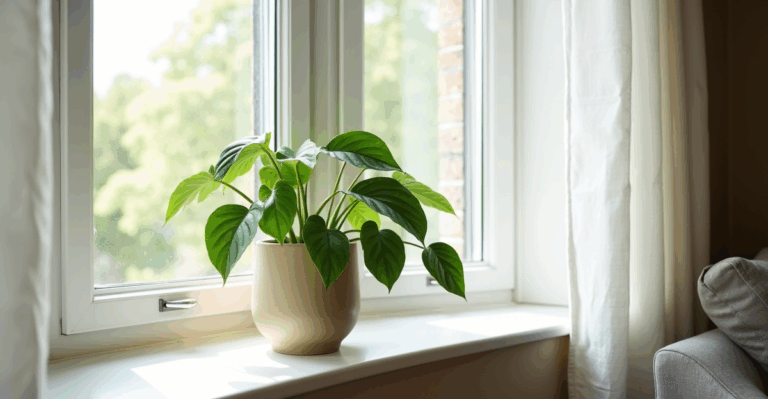The Art of the Plant ‘Shelfie’: Arranging Your Bar Cart Without Overcrowding
You’ve finally found that perfect bar cart – maybe a vintage brass one, a sleek walnut, or even a sturdy reclaimed wood piece. It’s the only spot in your living room where you can actually see your plants without them getting lost in the chaos of a bookshelf or a crowded coffee table. You grab your favorite trailing pothos, your fave monstera, and maybe that new, slightly-too-large calathea you’ve been eyeing. You place them all on the cart, side-by-side, front-and-center. It feels… full. But then you step back. The plants are practically touching. One leaf is brushing the edge of a planter. The whole thing looks like a plant hoarder’s stash, not a curated display. You realize you’ve fallen for the biggest bar cart trap: crowding.
We’ve all been there. The urge to showcase every plant we own is strong, especially when the cart is such a good surface. But here’s the thing: plants aren’t just decoration; they’re living things that need space to breathe, light to reach, and air to circulate. Overcrowding on a bar cart doesn’t just look messy – it hurts your plants. It traps humidity, blocks airflow (making pests like fungus gnats love it), and means no one plant gets the light it needs. It also makes the whole thing feel chaotic, not calm. The key isn’t more plants, but better ones, arranged with intention.
Less is Truly More: The “One Plant, One Space” Rule
Forget the “more is merrier” approach. On a bar cart, where space is finite and light is often directional (like from a nearby window), each plant needs its own breathing room. Aim for a maximum of 3-4 well-chosen plants per cart, spaced out like a curated gallery, not a crowded bus stop. Why? Because a single healthy, well-placed plant looks intentional and serene. A jumble of plants looks like you forgot to water them all.
The Trap: We often think adding more plants makes the cart “pop” or “feel lush.” But it usually just creates visual noise and makes care harder. You can’t easily check the soil of a plant buried between two others, and you definitely can’t spot a pest infestation early.
The Real Talk: Your bar cart isn’t a greenhouse. It’s a display surface. Prioritize plants that thrive in the specific light conditions of that spot (e.g., an east-facing window means bright, gentle morning sun, perfect for a calathea or fittonia; a south-facing spot might be too intense for a peace lily but ideal for a snake plant). One strong plant in its ideal spot beats three struggling ones.
Planter Choice: The Secret Weapon Against Overcrowding
This is where the real styling magic happens. The right planter makes your plants look like they belong on the cart, not like they’re just dumped on it. It also solves a major practical problem: weight and fit.
What Most Miss: We focus on the plant, not the container. A heavy ceramic pot on a narrow bar cart risks tipping. A too-large pot makes a small plant look lost. A pot without drainage on a cart is a disaster waiting for a spill. The wrong planter creates visual bulk, making the cart feel cramped even with fewer plants.
The Practical Approach: Choose planters that:
* Fit the Cart’s Scale: A 12-inch wide cart can handle a 6-8 inch pot. A 24-inch cart can hold a 10-inch pot and a smaller companion.
* Have Drainage: Even if you use a decorative cachepot, always use a liner with drainage holes. We’ve seen too many bar carts ruined by waterlogged wood or marble from a pot without drainage. Always place a small tray under the pot (or use a planter with a removable drain) to catch excess water – this protects your cart surface and makes you check soil moisture more often.
* Feel Light (But Solid): Heavy pots (like deep stoneware) can make the cart feel top-heavy, especially if it’s narrow. Lighter pots (like woven fiber, or well-made resin) keep the display feeling airy.
Real-Life Example: The North-Facing Bedroom Bar Cart
Imagine your bar cart in a north-facing bedroom – gentle, indirect light all day, but not bright. Your goal: a calm, restful display that won’t suffer in low light. You might choose:
1. A small, compact snake plant (Sansevieria trifasciata) in a lightweight, tapered pot (around 5 inches tall). Why? Snake plants thrive in low light, need minimal water, and the tapered shape visually recedes, making the cart feel wider.
2. A single, healthy pothos (Epipremnum aureum) trailing off the side of the cart into a light, modern cylindrical planter (6 inches tall). Why? The trailing vine adds movement without taking up horizontal space on the cart itself. The cylindrical shape is clean and modern.
3. A tiny, healthy heartleaf philodendron (Philodendron hederaceum) nestled behind the snake plant in a small, rounded pot (3 inches). Why? It adds texture and height without blocking the view or light to the snake plant. The rounded shape is friendly and avoids sharp angles.
Why this works: The plants are spaced, each has its own light access (the pothos trailing off the edge gets a little more ambient light), the pots are lightweight and complementary in scale, and the overall look feels intentional, not crowded. The snake plant gets the densest light, the pothos gets indirect light off the edge, and the philodendron is in a subtle pocket. No one plant is struggling; no one is blocking another.
Seasonal Shifts & The Bar Cart’s Hidden Challenges
Your bar cart display isn’t static. Light changes with the seasons, humidity shifts, and plants grow. A plant that looked perfect in June might need a different spot in December.
- Winter: Indoor air is drier, especially near heat vents or windows. A plant like a calathea might need a humidity tray under its pot (not on the cart itself, to avoid water damage) if it’s struggling with crispy leaf edges. Avoid placing plants directly on a cold window sill in winter – that’s a surefire way to kill them.
- Summer: Brighter, more direct light might cause leaf scorch on plants like a peace lily. Rotate your plants so they get even exposure, or move them slightly back from the window. Always check the soil moisture before watering – a cart in a sunny spot dries out much faster than one in a dim corner.
- The Edge Case: If you have a bar cart in a high-traffic area (like near the kitchen), think about how you move things. Can you gently lift the cart to water it? If it’s heavy, it might be a pain. This is where a lightweight planter is a game-changer.
Why 3D-Printed Planters Are the Bar Cart’s Best Friend
This is where the “why” for our specific recommendation clicks. When you’re choosing planters for a bar cart – a surface often prone to visual clutter and weight issues – standard pots often fall short. They’re too heavy, too bulky, or the wrong shape for the space.
The 3D-Printed Solution: Our 3D-printed planters are designed with bar cart realities in mind. They’re lightweight enough to feel airy on the surface but have solid, stable bases to prevent tipping. They come in clean, modern shapes (tapered cylinders, subtle geometric forms, minimalist rectangles) that recede visually, making the cart feel larger. The finishes are smooth and durable, protecting your cart surface without needing a liner (though we still recommend a tray for water). And crucially, they’re made to fit perfectly – a 4-inch planter on a 12-inch cart feels intentional, not lost.
We’ve used these in our own shop’s display area and our personal spaces. They solve the exact problem we’ve been wrestling with: the look of a curated, non-cluttered display without sacrificing plant health or making watering a chore. They’re the kind of practical detail that makes the whole display feel effortless.
The Final Touch: Keep It Real, Keep It Simple
The best bar cart displays don’t happen by accident. They happen when you choose plants that fit the light and space, choose planters that work with those plants and the cart’s scale, and leave room for the plants to grow. It’s about intention, not just volume. One healthy, happy plant in a well-chosen pot that feels right for its spot is always better than three stressed ones competing for the same light and air.
Stop trying to fill every inch. Step back. Ask: “Does this plant need this space?” “Would it look better here, not there?” “What’s the light actually doing to this plant?” Trust your eyes – if it feels crowded, it is. Simplify. Prioritize health and beauty, not just the number of plants.
When you’re ready to grow your setup, explore our 3D-printed planters.
Key Takeaways
Bar carts thrive with 3-4 well-chosen plants, spaced for light and airflow.
Prioritize lightweight, drainage-friendly planters that complement your cart’s size and surface.
* 3D-printed planters offer the perfect balance of style, weight, and practicality for bar cart displays.
